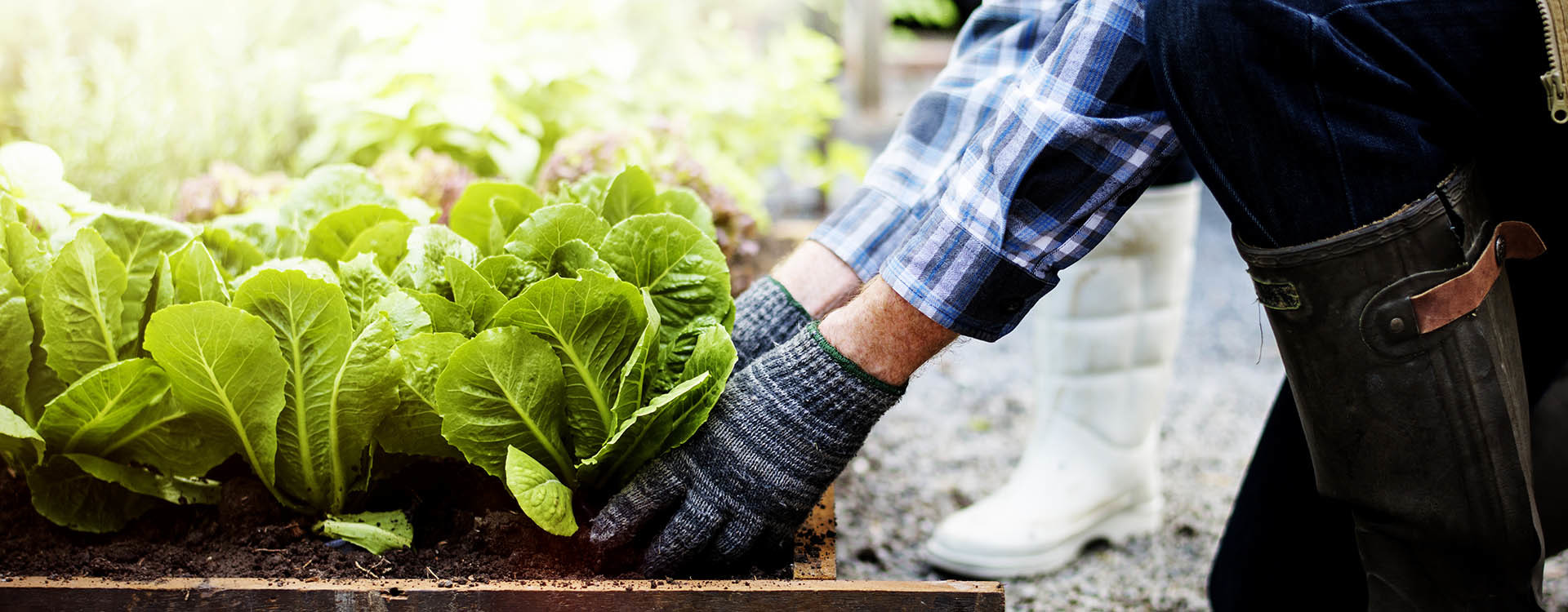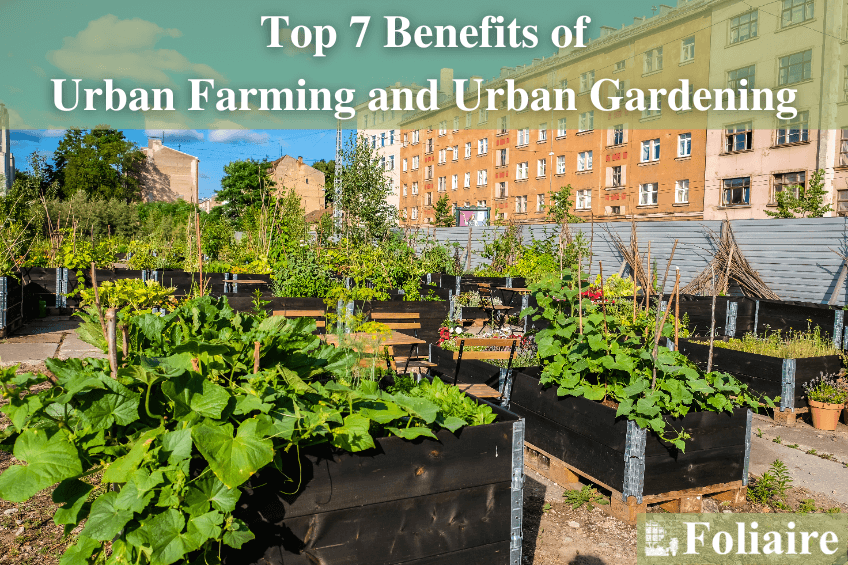About City Blooming
About City Blooming
Blog Article
Facts About City Blooming Uncovered
Table of ContentsNot known Details About City Blooming Little Known Questions About City Blooming.The City Blooming PDFsThe Greatest Guide To City BloomingThings about City Blooming
Interested in expanding food for sale in the City of Chicago? Thinking of starting a neighborhood garden? Adjustments to the Chicago Zoning Ordinance allow agricultural usages like neighborhood yards and city ranches in many parts of the city. Below is a checklist of regularly asked inquiries relating to the guidelines and guidelines that cultivators ought to take into consideration when intending a city farming job.
The zoning change does not customize any various other codes handling composting, structure authorizations, buying or renting City owned building, company licenses or environmental contamination. There are existing codes that manage these problems and they remain completely effect and might be appropriate to your task. Area gardens are usually owned or managed by public entities, civic organizations or community-based organizations and kept by volunteers.
Urban ranches grow food that is planned to be marketed, either on a nonprofit or for-profit basis. Due to their commercial purpose, urban ranches require a company license.
City Blooming - The Facts
The quantity of garden compost material can not surpass 25 cubic lawns at any kind of offered time according to the criteria in 7-28-715 of the City's Municipal Code. Because the soil at a lot of brand-new garden sites needs changing, garden compost, dirt, wood chips, or various other products can be gotten to construct or boost the growing room.

If a building permit is needed after that the hoophouse will be considered an accessory structure. You can figure out more about the building permit requirements by speaking to the Department of Structures. The 25,000-square-foot dimension limitation is intended to avoid a single area yard from controling an offered block or interfering with the block's existing residential or commercial personality.
The limit does not relate to gardens situated in Public Open Space (POS) districts. Can there be even more than one area yard that is 25,000 square feet on a solitary block? Yes. The size restriction puts on specific yards, not to individual blocks. No. Fence is not needed, nevertheless, gardens that have big parking lot might be called for to mount secure fencing or other landscape design functions.
A Biased View of City Blooming
B1 & B2 districts call for that all commercial use activities be conducted inside. Is fence required for urban ranches? Fencings might be called for, along with landscaping and screening, for certain parking locations and exterior work or storage areas depending on location and the details task taking area.
Urban farms call for building permits and zoning approvals prior to construction (urban gardening). Various other types of city evaluation might be called for depending on specific structures, activities, dimension, landscape design, licensing, public health and stormwater monitoring concerns.
The Division of Organization Matters and Customer Defense can aid figure out the details type of organization certificate that's needed. Off street car parking is required for a lot of commercial tasks in Chicago. The called for number of auto parking spaces is based on the number of staff members functioning on website and not the square footage of the expanding room.
All About City Blooming

An urban farm can sell compost product produced on site, however, the operation should comply with the regulations in 7-28-715 of the Chicago Municipal Code. Aquaponic systems are enabled inside on metropolitan ranches in several zoning areas.
As much as other 5 hives or nests of honey might be kept as an accessory usage. Nevertheless, beekeepers need to sign up with the Illinois Division of Agriculture. For more details regarding the recommended zoning amendment you may call the Division of Housing and Economic Growth, Bureau of Preparation and Zoning at 312.744.8563.
Farming in cities and city areas A city farm in Chicago. Urban agriculture describes various practices of cultivating. https://triberr.com/cityblooming, handling, and dispersing food in metropolitan locations. The term also relates to the area activities of pet husbandry, aquaculture, beekeeping, and cultivation in a metropolitan context. Urban farming is identified from peri-urban farming, which happens in backwoods beside residential areas.
Examine This Report on City Blooming
, that seek to develop social networks founded on a common values of nature and area holism. These networks can establish by method of formal institutional assistance, becoming integrated into local town planning as a "shift town" movement for sustainable metropolitan growth.
In either instance, the more straight access to fresh vegetable, fruit, and meat products that might be become aware through urban farming can improve food security and food security while decreasing food miles, bring about reduced greenhouse gas emissions, therefore adding to climate change mitigation. Several of the initial evidence of metropolitan farming originates from Mesopotamia.
Report this page